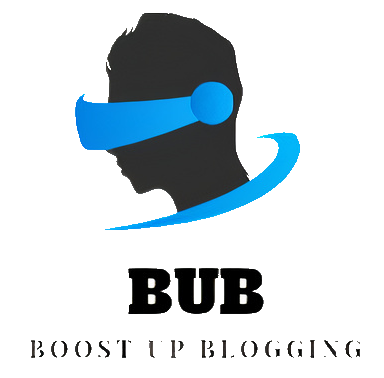How Yelp Monetizes Its Platform
Yelp has become a household name for people looking to find reliable reviews for local businesses, from restaurants to dry cleaners. What many users may not realize is that Yelp isn’t just a community-driven review platform; it’s also a well-oiled revenue machine. With millions of monthly users, Yelp effectively monetizes its platform through various strategic streams that leverage both business needs and user traffic.
Let’s dive into how Yelp transforms user engagement into a profitable business model.
1. Advertising: The Cornerstone of Yelp’s Revenue
Advertising is the primary way Yelp earns money. Businesses can advertise on Yelp to appear more prominently in search results or get their listing highlighted when users search for related services. This model works similarly to how Google Ads operates.
There are several types of advertising options available for local businesses on Yelp:
- Enhanced Listings: These allow businesses to add features like a call-to-action button, a photo slideshow, and the option to hide competitor ads on their pages.
- Pay-Per-Click (PPC) Ads: Businesses pay Yelp each time a user clicks on their sponsored listing, which appears above the organic search results.
- Display Ads: These are banner-style advertisements often purchased by larger companies, allowing for broader visibility across the platform.
[ai-img]yelp app, business listing, mobile search[/ai-img]
This advertising model is extremely lucrative for Yelp because it allows them to cater to both small local businesses and national brands that are eager to reach a targeted audience.
2. Yelp Reservations and Waitlist
Another monetization stream comes from Yelp’s suite of tools aimed at restaurants and hospitality businesses. Yelp acquired online reservation systems like SeatMe and has integrated features such as Yelp Reservations and Waitlist.
These tools help restaurants manage their bookings and waitlists more efficiently, and Yelp charges a monthly subscription for businesses to access them. In return, the businesses are listed with reservation capabilities directly on the Yelp platform, further increasing user engagement.
3. Business Page Upgrades and Subscriptions
While a standard business page on Yelp is free, businesses can opt for a premium experience by purchasing upgrades. These include:
- Call-to-Action Buttons: “Request a Quote,” “Call Now,” or “Book an Appointment” buttons can drive more direct engagement with potential customers.
- Removal of Competitor Ads: Premium subscribers can pay to remove competitor listings from appearing on their business page.
- Photo and Video Enhancements: Custom visuals and larger galleries are available for businesses that want to stand out.
This tiered business model gives Yelp the ability to cater to all types of businesses—from mom-and-pop shops to large chains—while generating recurring revenue through subscription services.
[ai-img]subscription features, business tools, interface[/ai-img]
4. Transactional Revenue: Food Delivery and Service Bookings
Yelp partners with various service providers to facilitate transactions directly on its platform. For example, users can order food through integrations with Grubhub or make service appointments using Yelp’s platform. In such cases, Yelp earns a commission or referral fee for each successful transaction.
This creates a win-win situation: users enjoy convenience, and Yelp gains revenue without holding inventory or managing the services itself.
5. Data Licensing and Analytics
Yelp collects a massive amount of consumer data—user behavior, business performance, review trends, and more. With this data, Yelp offers analytical reports and insights to businesses looking to understand consumer patterns better. Large organizations and market researchers are often willing to pay a premium for such detailed, location-specific data.
Although not as substantial a revenue stream as advertising, data licensing showcases Yelp’s ability to diversify its income using resources already available within its ecosystem.
6. Yelp Connect
Launched in 2019, Yelp Connect allows businesses to post updates directly to their business page. This feature works similarly to social media updates and helps businesses inform users about promotions, special events, or news. Businesses pay a monthly fee to use Yelp Connect, which increases exposure and customer interaction.
It’s especially useful for service-based businesses that don’t engage in frequent paid advertising but want to keep their clientele informed and engaged.
Conclusion
Yelp’s monetization strategy is a classic example of how platforms can turn user-generated content and community trust into significant revenue. By combining advertising, premium services, transactional income, and advanced tools for business engagement, Yelp has evolved into more than just a review site—it’s a dynamic digital marketplace.
As technology advances and consumer behavior continues to shift toward online experiences, it’s likely that Yelp will keep innovating with new ways to monetize its rich ecosystem of users, businesses, and reviews.




